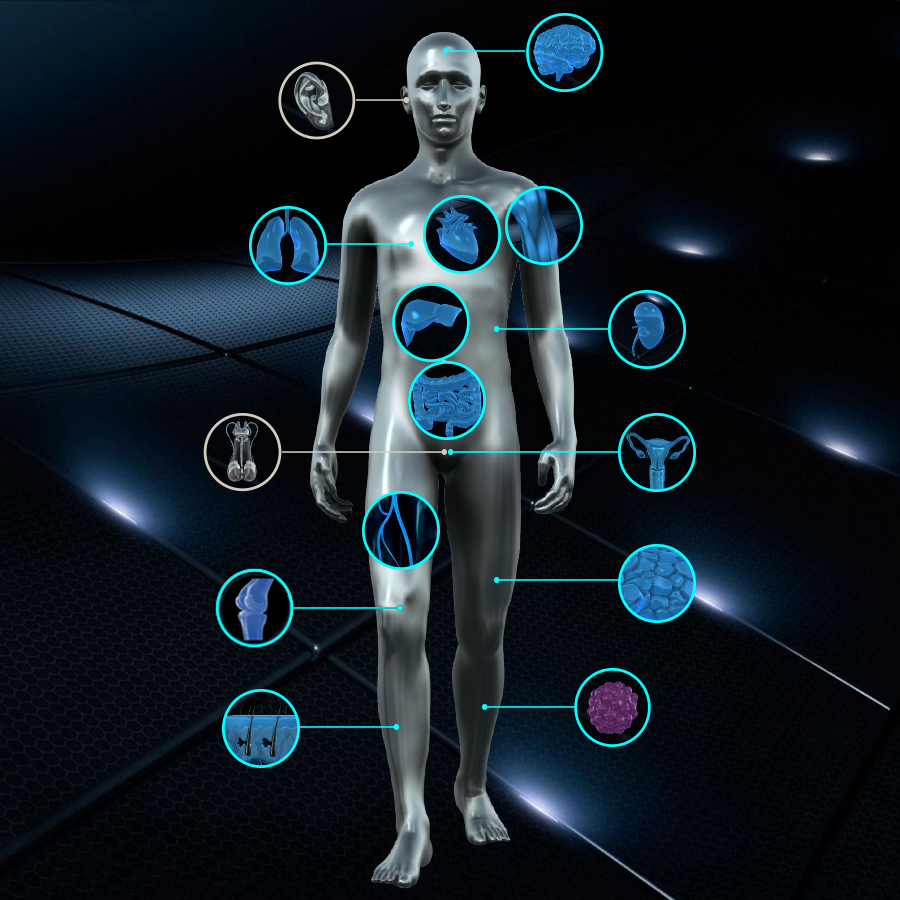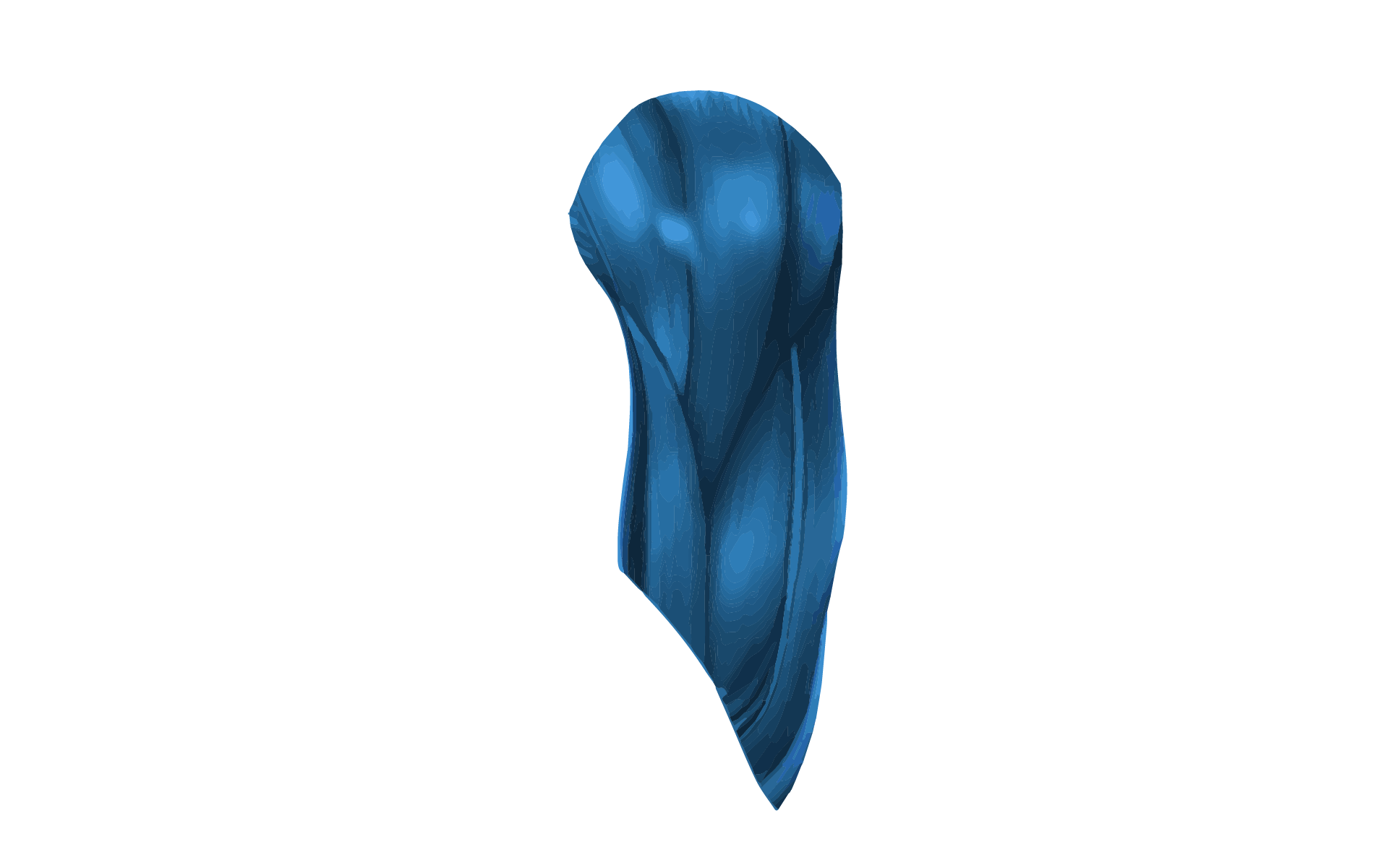Meet Chip
Providing new treatments to patients is a long and challenging process. Too often, the tests that scientists conduct during the early phases of research fail to predict efficiency or side effects in humans, resulting in many years and billions of dollars consumed while patients wait for effective treatments.
Improving Drug Testing with Chip
Chip can help you learn about the innovative developments of the Tissue Chip for Drug Screening program at NCATS. Click on Chip's icons to learn more about the tissues and organ systems they represent, and read more about the entire project below. You also can view images and video clips of the tissue chips in action. Ready?
In collaboration with other NIH institutes and centers, the Defense Advanced Research Projects Agency, and the U.S. Food and Drug Administration, we lead the development of 3-D platforms designed to mimic functions of the human body and support living human tissues and cells. Referred to as "tissue chips" or "organs on chips," these devices are designed as accurate models of the structure and function of human organs, such as the lung, liver and heart. When scientists have tested the chips developed to date with compounds already known to be safe or toxic in humans, the majority have responded as predicted.
Through the use of tissue chips, scientists merge technologies from complex biology with modern tissue engineering by combining miniature models of living tissues on a transparent microchip. About the size of a thumb drive, the chip designs mimic the complex biological functions of specific organs.
What's more, the chips are designed to be modular, meaning scientists can connect one chip with another to test the effects of potential drugs on several organ systems at a time. A "human body on a chip" is the ultimate goal of the program, enabling researchers to test the potential effects of a substance across the entire body before involving human clinical participants.
We envision that the tissue chips will help scientists generate data on drug safety and effectiveness to predict more accurately how specific drugs will respond in people. The new technology ultimately could help accelerate the drug development and approval process and, most important, enable health professionals to make new treatments available sooner to patients.
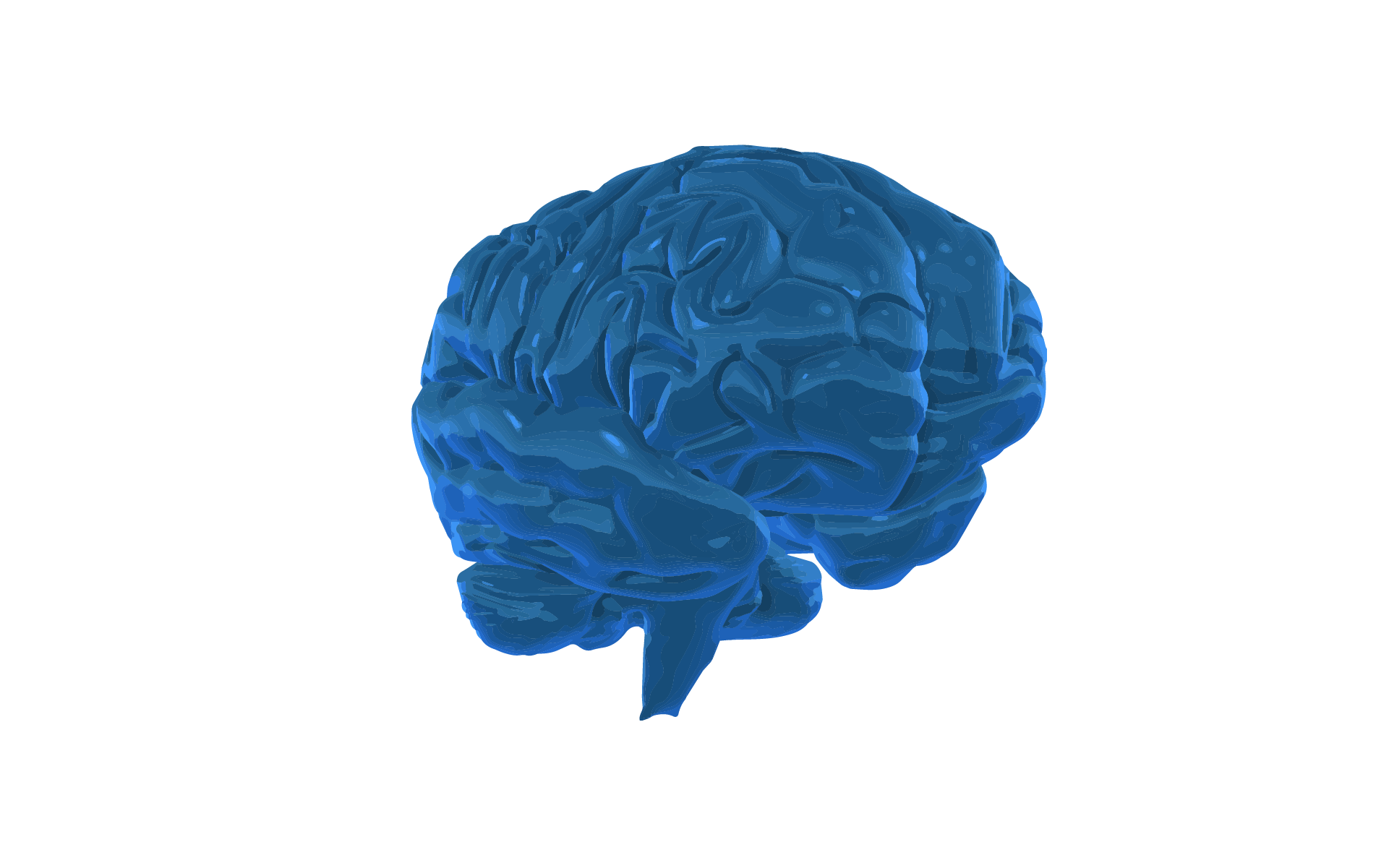
CHIP: Brain
The brain is the most complex part of the human body. It interprets sensations, initiates body movements and controls behavior. Scientists still have much to learn about how the brain actually works. Having 3-D systems that support living human brain tissue could help researchers better predict a drug's effects on the brain.
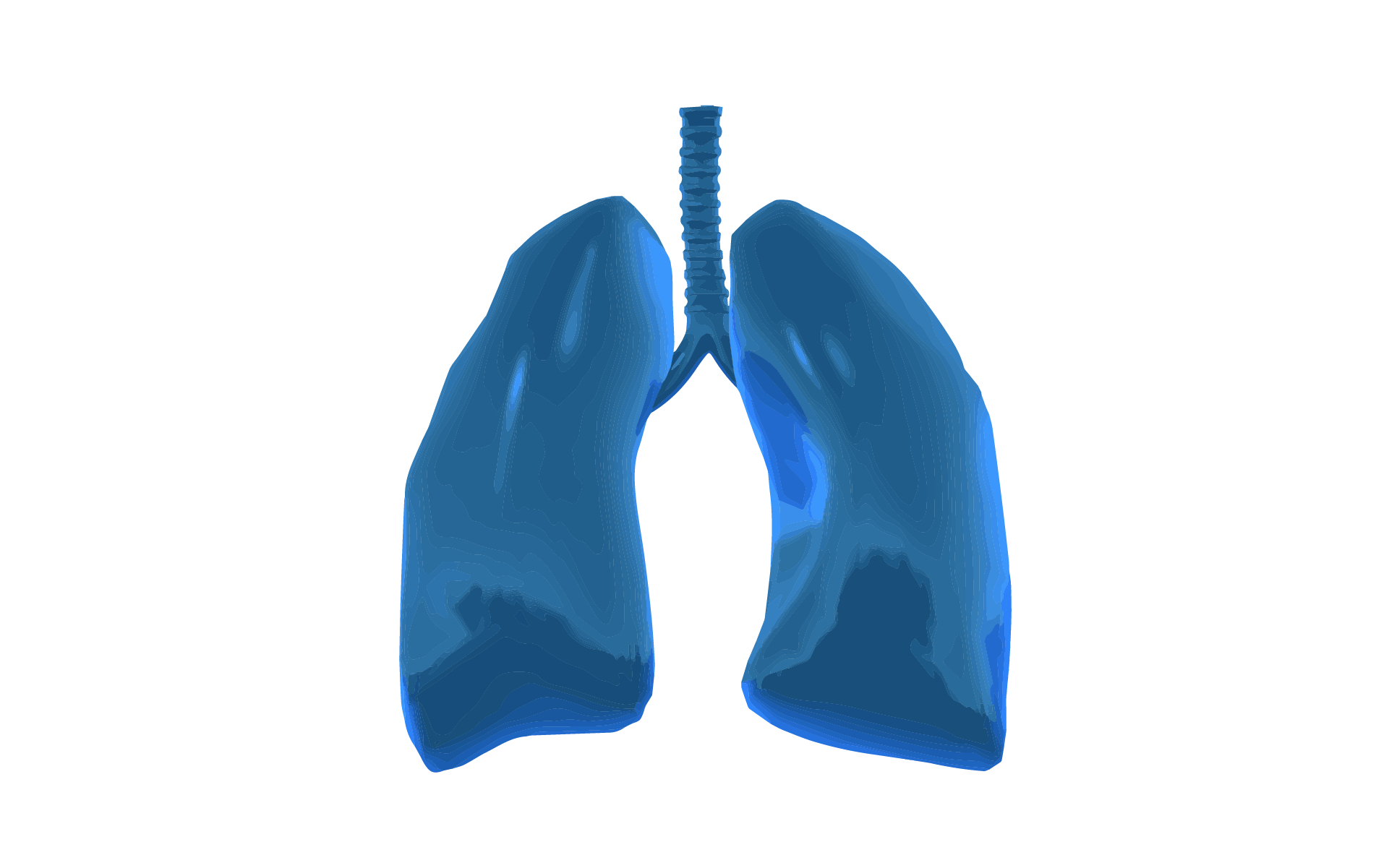
CHIP: Lungs
The lungs are where oxygen from the atmosphere is transported to the bloodstream. Blood flows through tiny vessels in the lungs, receiving oxygen when breathing in, and releasing carbon dioxide when breathing out. From the lungs, oxygen-rich blood flows to the heart, then out to the rest of the body. Scientists need better ways to test how the lungs and their sensitive vessels respond to drugs and chemicals.
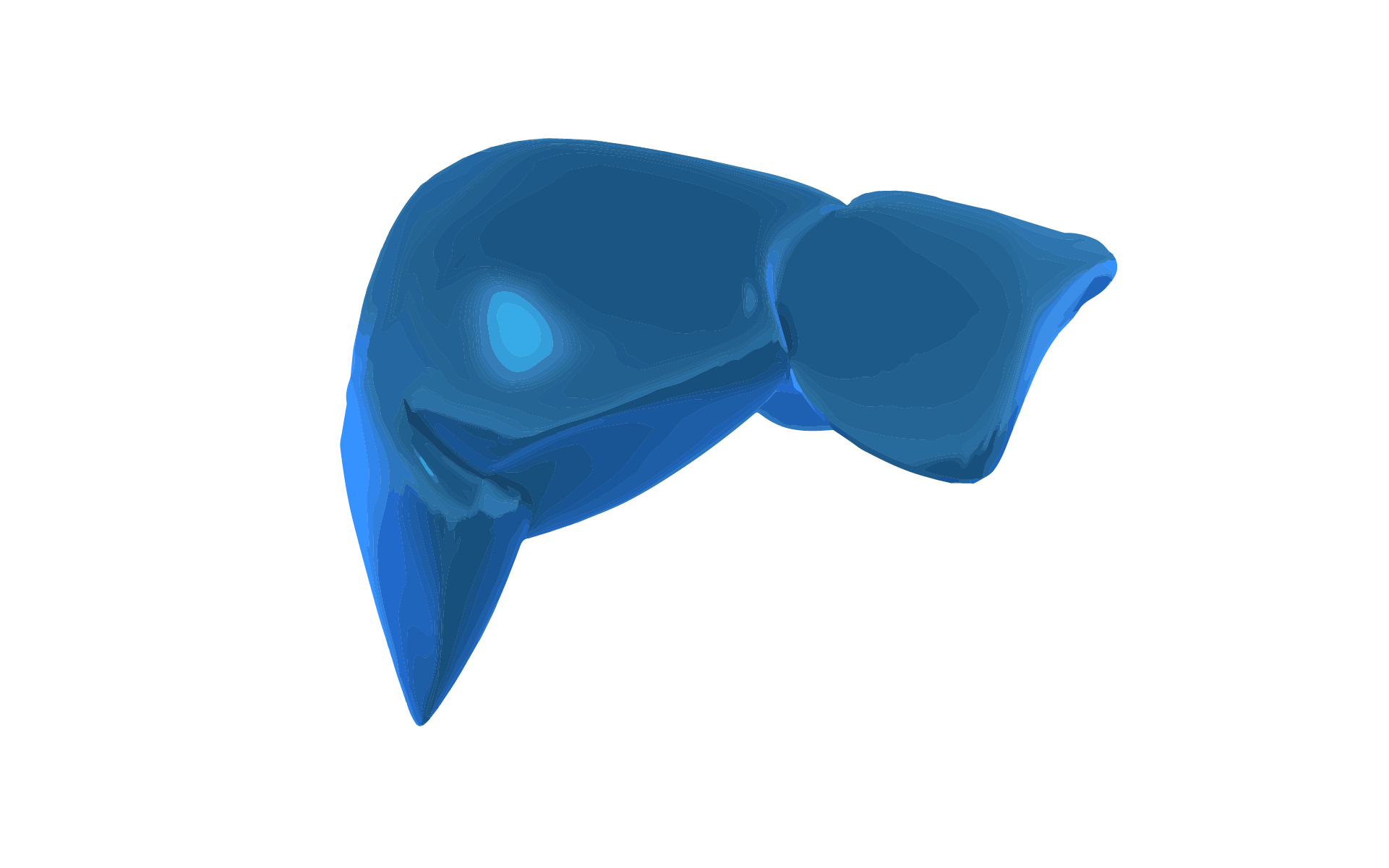
CHIP: Liver
The liver is one of the largest organs in the body. It converts nutrients from food into substances the body can use. The liver also converts toxic chemicals into harmless substances or ensures they are released from the body. Having a 3-D system to study the liver could help scientists better understand the organ and how diseases and drugs affect it.

CHIP: Kidneys
The kidneys are a sophisticated pair of filters, although you only need one to survive. The kidneys clean your blood, adjust the balance of salts and water, remove waste products such as urea, and make urine. The kidneys also remove drugs from the blood. Scientists need better ways to test how the kidneys, including those affected by diabetes and other diseases, handle drugs.
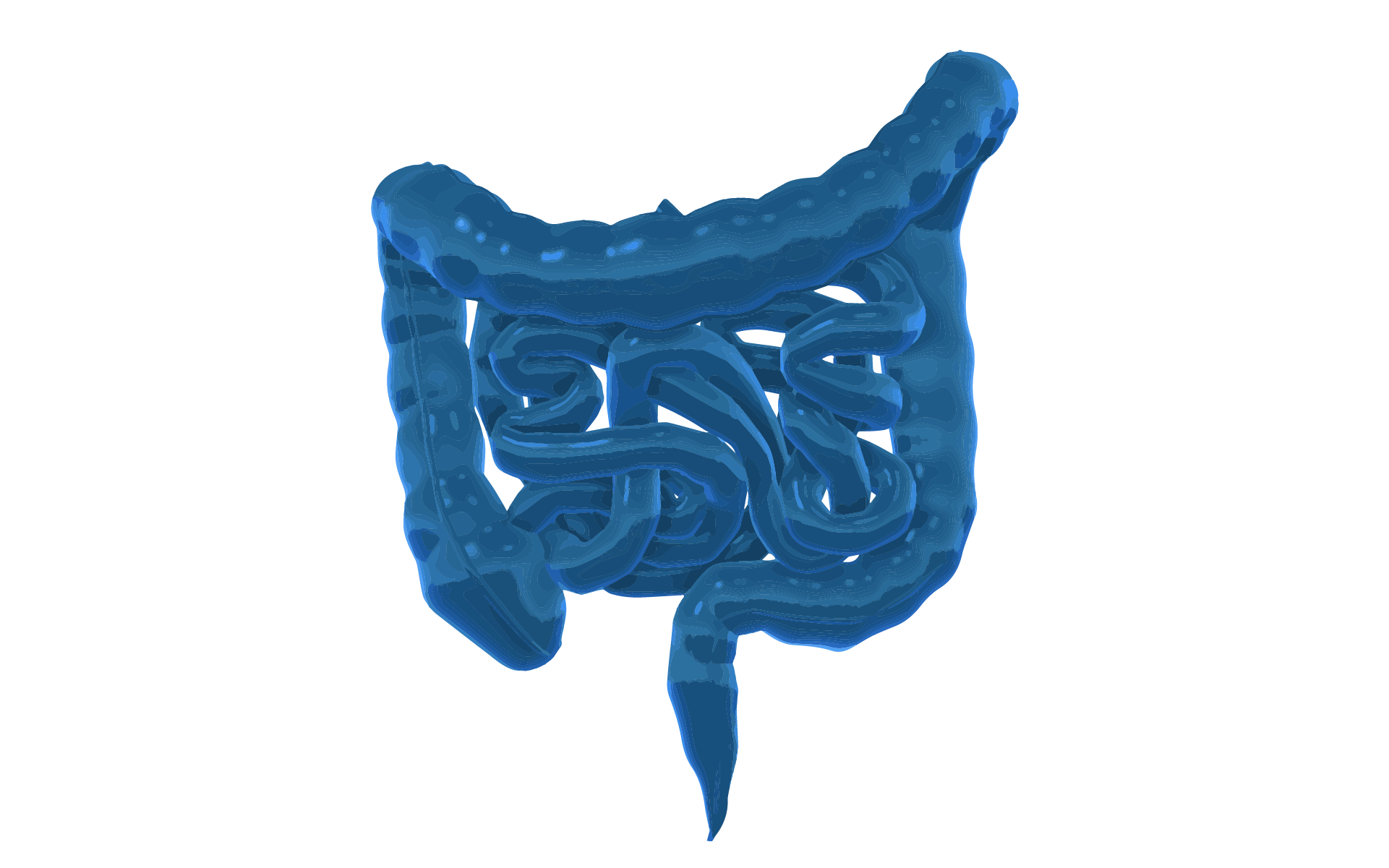
CHIP: Gastrointestinal System
The gastrointestinal (GI) system is a series of hollow organs joined in a long, twisting tube extending from the mouth to the anus. The digestive system helps the body digest food, breaking it down into nutrients used by all cells of the body. Because many drugs have strong side effects on the GI tract, scientists need a model to help better predict these responses and thus improve treatments.
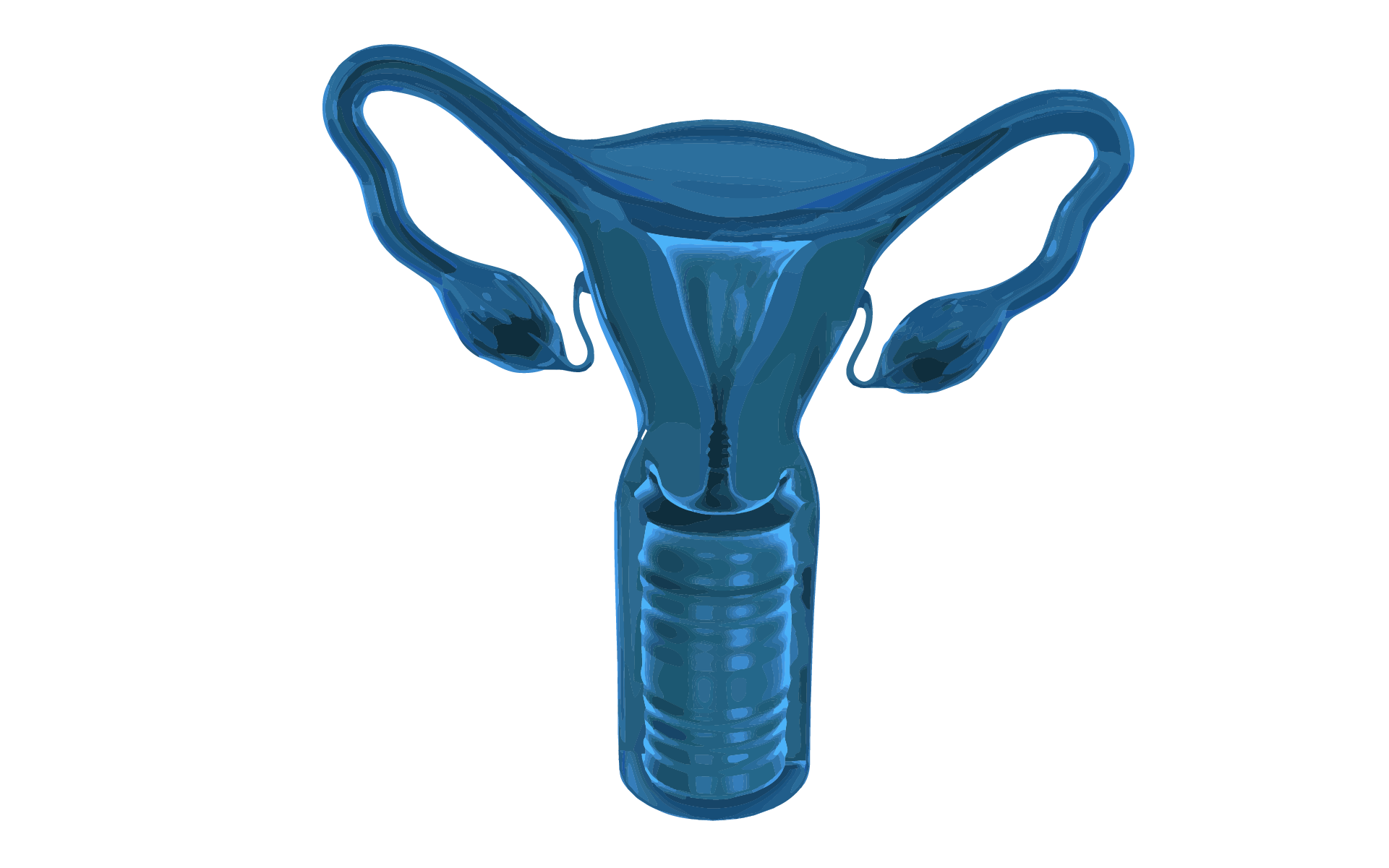
CHIP: Female Reproductive System
Together, the ovaries, fallopian tubes, uterus, cervix and vagina make up the female reproductive system. They produce hormones, release eggs, and provide an environment for fertilization and the growth of a fetus. A 3-D model of the tissues in the female reproductive system could help scientists understand how new drugs and other chemicals affect women.
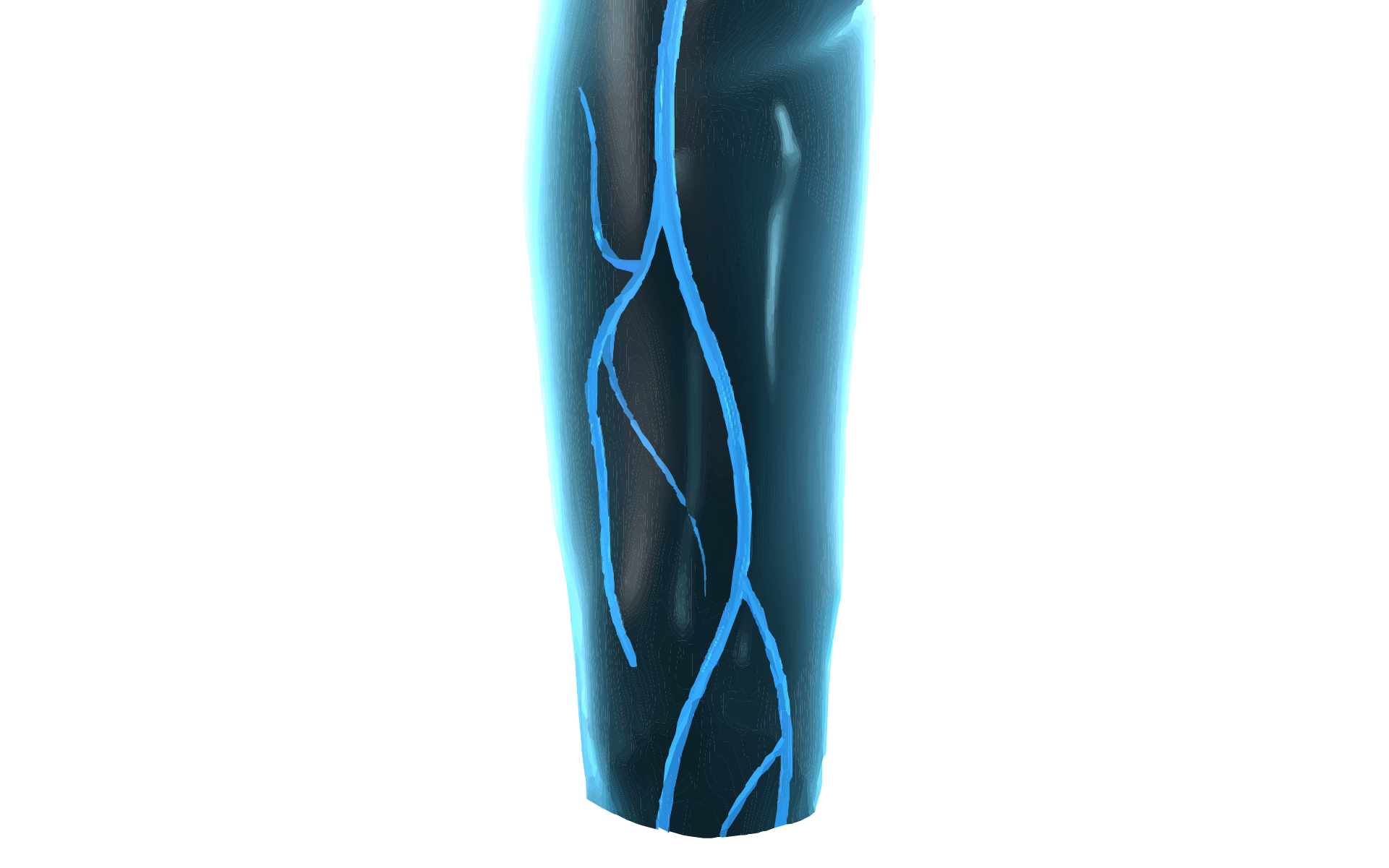
CHIP: Blood Vessels
The body's circulatory system is made up of blood vessels and the heart. There are three types of blood vessels — arteries, veins and capillaries. These serve as the "highways" of the body, with the arteries delivering nutrients and oxygen to organs and tissues and the veins carrying away wastes and carbon dioxide. Capillaries are the tiniest blood vessels, which contract or dilate to help regulate body temperature. Blood vessels also transport white blood cells to fight infections and deliver platelets to help clot blood and heal wounds.
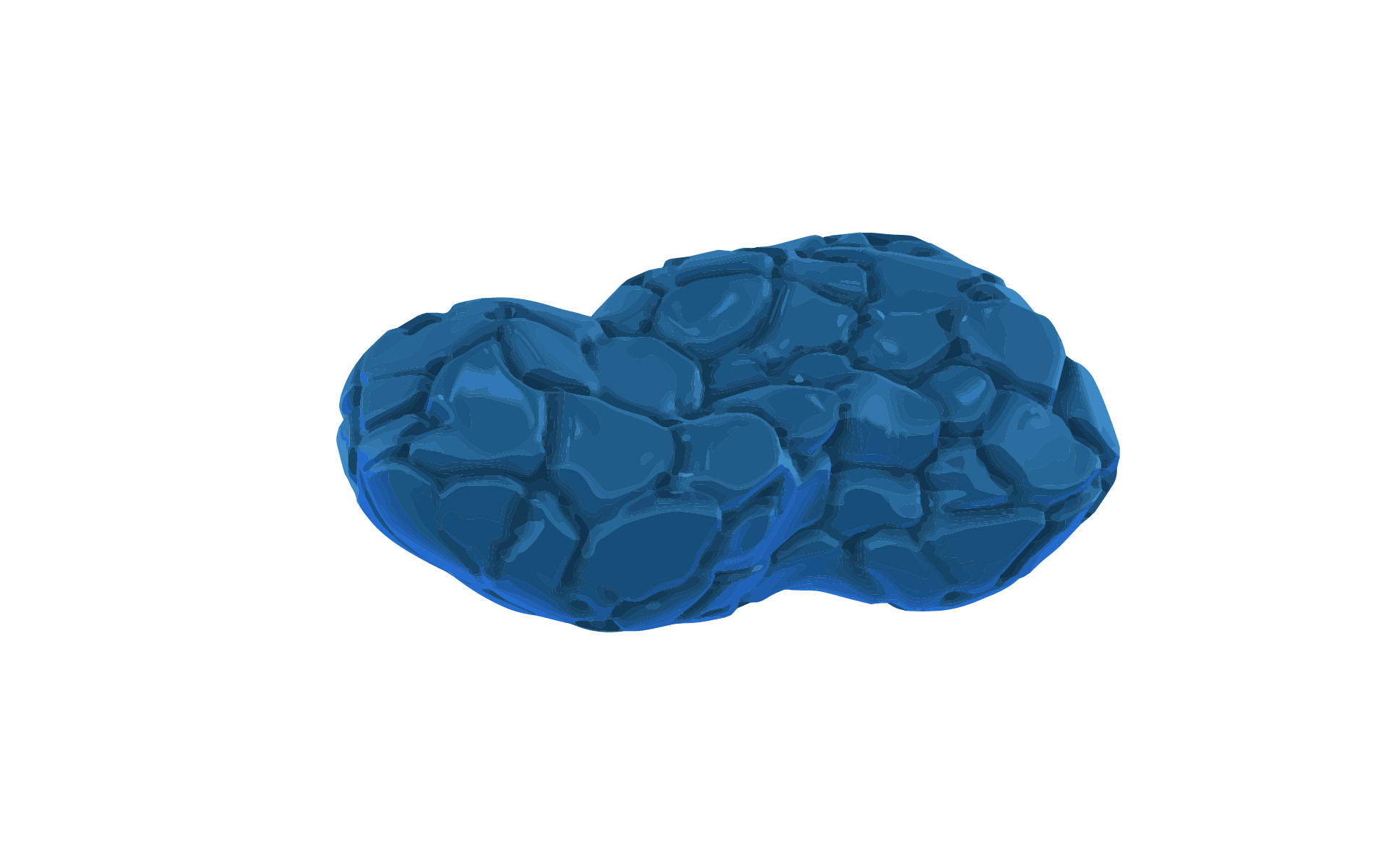
CHIP: Fat (Adipose)
Body fat — also called adipose tissue — enables the human body to store energy. When a person consumes more calories than the body burns, the extra energy is stored as fat. Adipose is also a building block for hormones, and it releases certain substances that are important for energy regulation and immune responses.
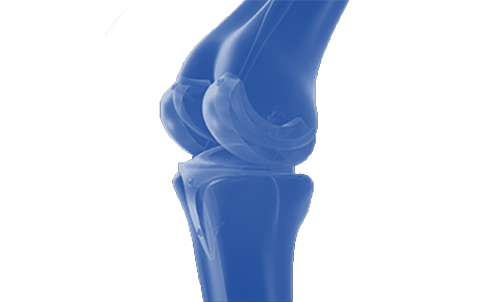
CHIP: Joints
Joints are places in the body where two or more bones connect to each other, such as the knee, the elbow and the jaw. Diseases, aging and injury can all cause damage to joints and lead to pain and physical disability. Having 3-D models of joints can help scientists test how drugs affect them more quickly and accurately, which could bring treatments to patients faster.
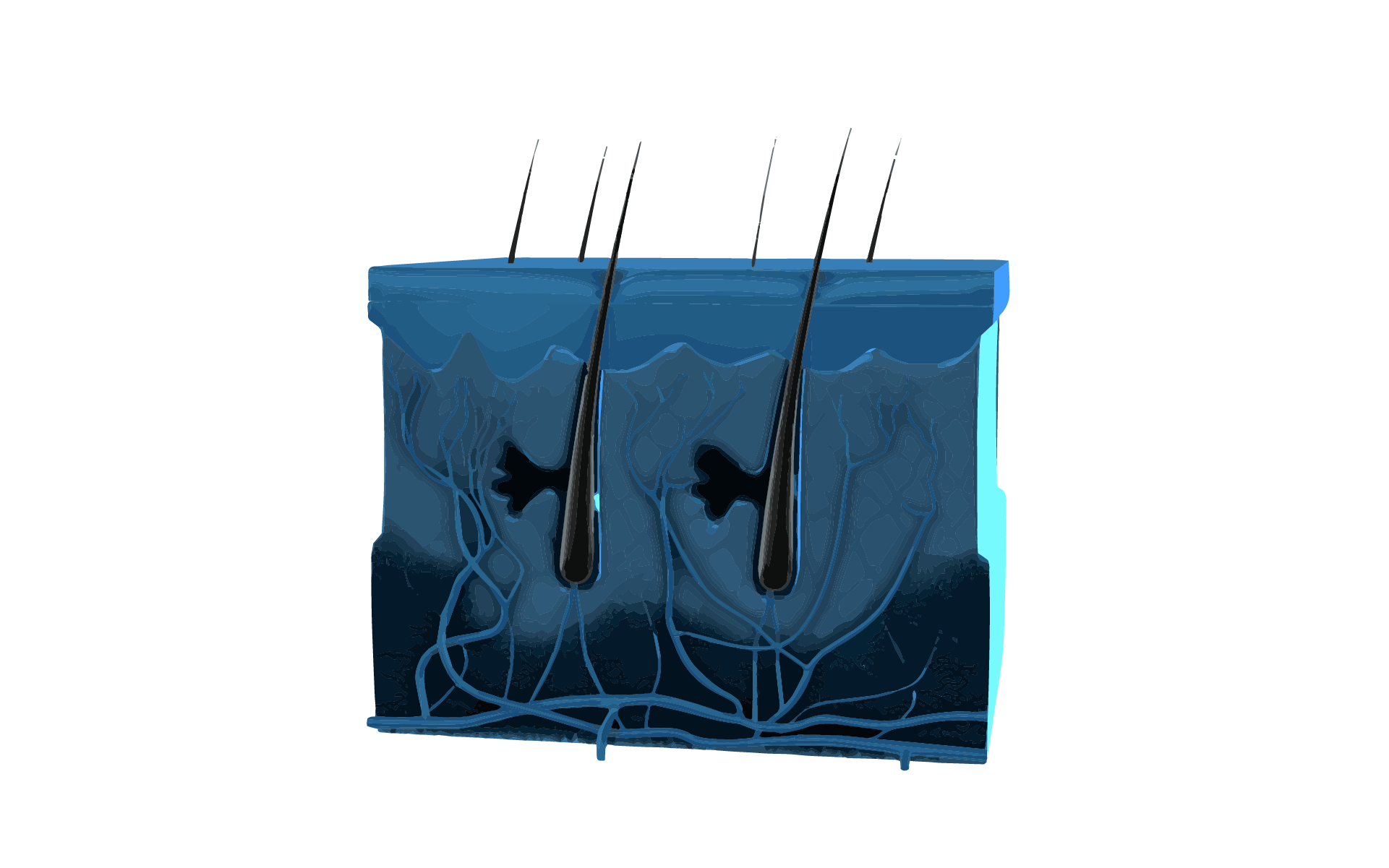
CHIP: Skin
The skin is the largest organ of the body and its first line of defense against dehydration and infection. Many people suffer from skin diseases, and the skin is sensitive to the effects of many drugs. A system for more rapidly testing drugs' effects on the skin would enable scientists to help more patients.
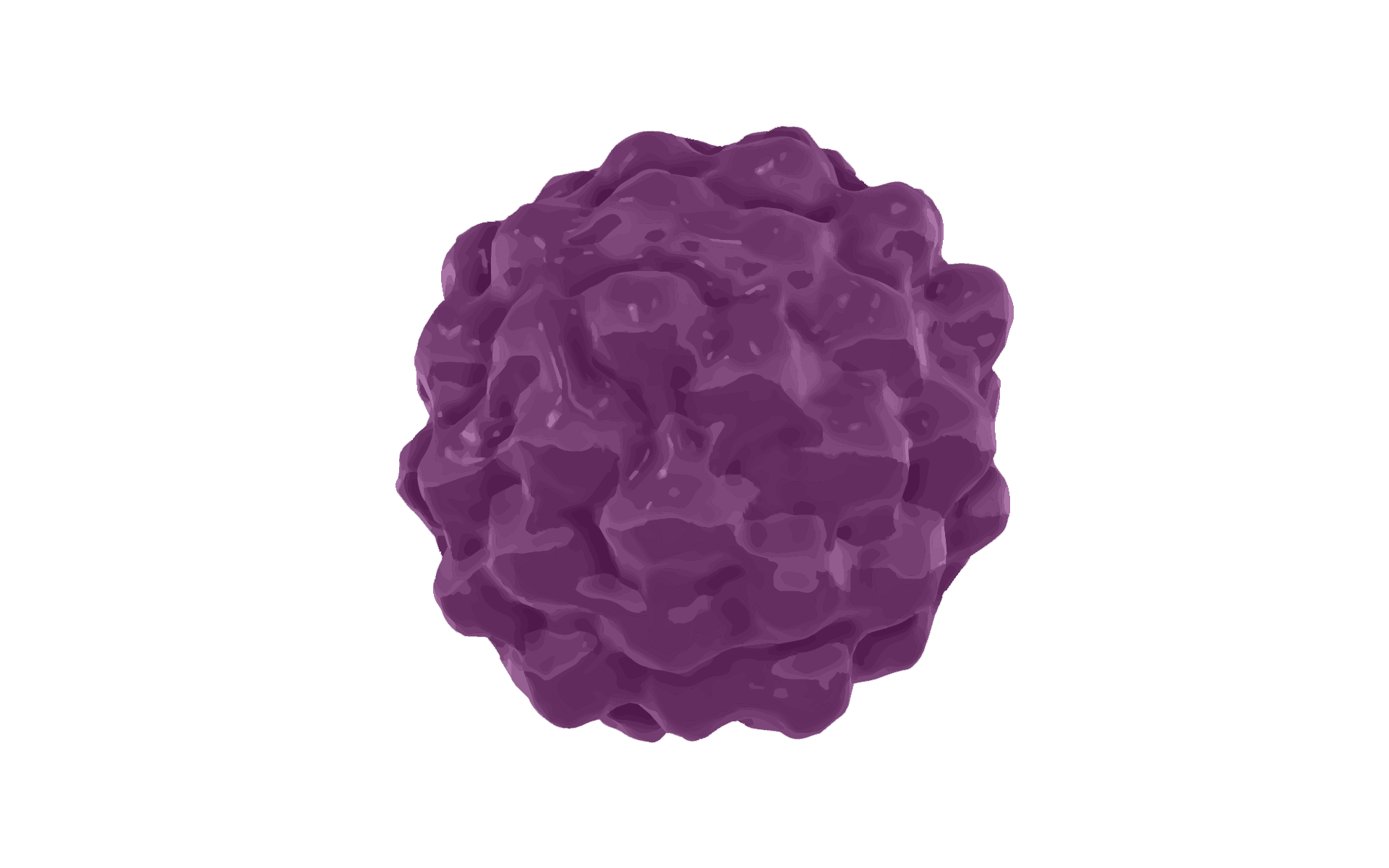
CHIP: Disease Models
More than 90 percent of promising medications that reach human clinical trials fail because they are found to be toxic or ineffective. Having a 3-D disease modeling system that represents actual conditions and functions of the human body could help scientists understand a disease and identify useful or toxic medications earlier in the testing process.
